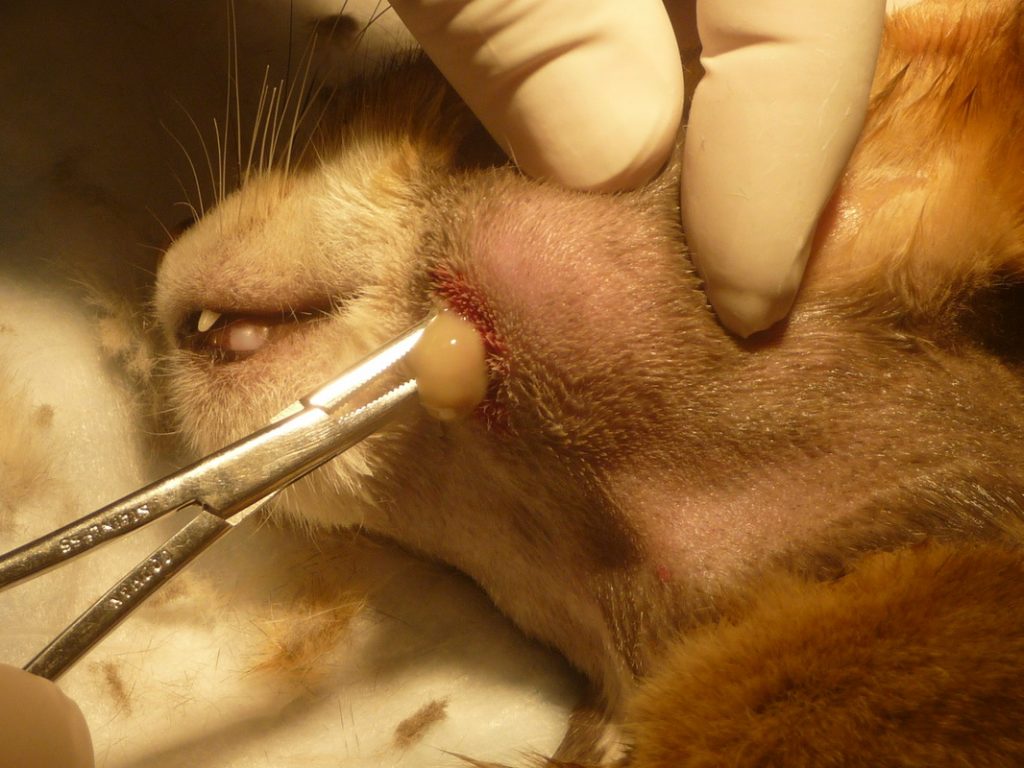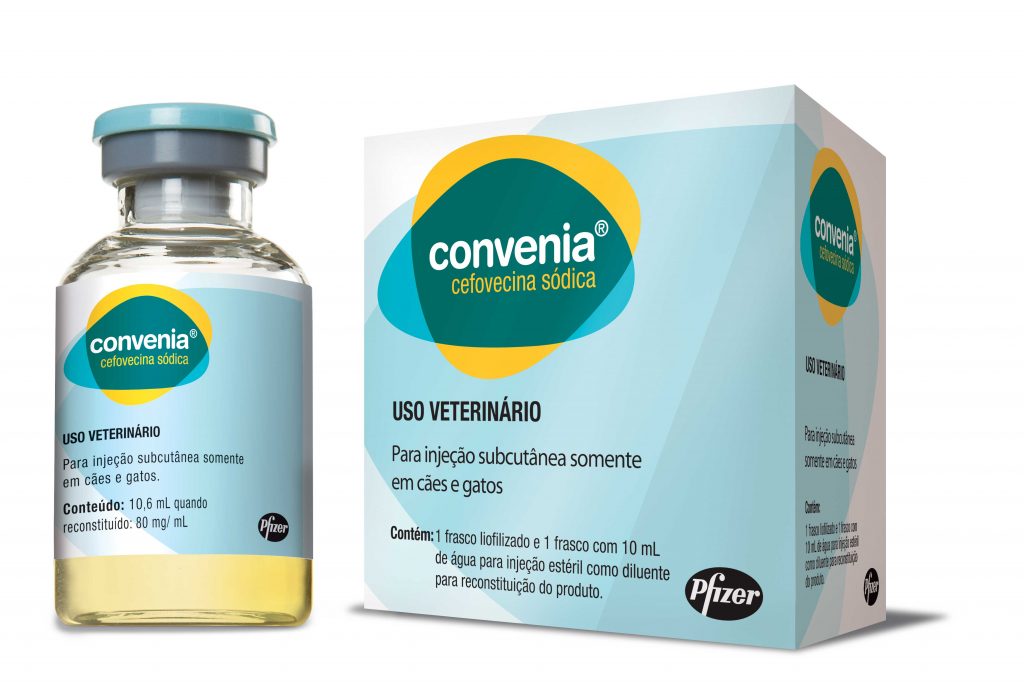I recently stumbled upon an online video showing the latest burger creation from a New York City restaurant. What was their food innovation? Cheese-filled burger buns – buns that essentially explode with cheese when cut or bitten. Yet when I watched the video of molten cheese erupting from a bun, all I could see was a rupturing abscess. With that video, the topic for this week’s blog emerged. I hope you find the information about abscesses helpful. Happy reading!
Abscesses – What are they?
Dogs and cats have a proclivity for getting themselves into scuffles every now and again. Bites and scratches happen. Wounds result from the furry fisticuffs. Occasionally, an injured pet’s immune system can’t effectively fight the inflammation and infection. The result is the formation of a pocket of fluid. The fluid is composed of dead cells, bacteria, and inflammatory debris. Bite wounds are the most common cause of abscesses because of the bacteria in the mouths of the biter. Abscesses may also form following non-bite puncture wounds and skin abrasions. They can also form anywhere in the body. For example, I reviewed anal gland abscesses in a previous post that can be found here.
Abscesses – How are they diagnosed?
A typical abscess is a fluid-filled focal swelling that develops at any number of locations – under the skin, on the face, near the anus. Sometimes there’s a scab. Sometimes the abscess has ruptured, exuding a fetid creamy fluid called purulent exudate.

Dogs and cats will often excessively groom the region of a ruptured abscess in an effort to stay clean. Regardless of location, almost all abscesses are painful for an affected pet. In addition to the wound itself, patients are may not feel well, manifesting as lethargy and a reduced (or loss of) appetite.
Abscesses – How are they treated?
Untreated abscesses potentially lead to a life-threatening blood-borne infections called sepsis. Patients should be evaluated by a veterinarian as soon as possible. Traditionally, veterinarian will empty abscesses via surgical puncture. A sterile drain is often placed to facilitate drainage of the wounds. Abscess and drains should be covered to prevent contamination, but this isn’t always possible depending on location. Dental abscesses frequently require removal the affected tooth. Veterinarians often need to surgically remove abscessed anal glands often if infection is recurrent.
Abscesses are copiously flushed to get rid of the infected fluid, and dying and dead tissue are removed. Depending on the location and severity of abscesses, partnering with a board-certified veterinarian can be invaluable for maximizing the likelihood of a complete recovery. Inevitably, patients with abscesses need an antibiotic. A veterinarian may give a short-acting antibiotic and then prescribe another antibiotic for families to administer at home. In 2008, the US Food & Drug Administration (FDA) approved an injectable antibiotic called cefovecin sodium (Covenia®). This medication provides up to 14 days of antibiotic treatment in a single dose for the most common skin infections in dogs and cats. This drug may be appropriate in patients who are difficult to medicate at home.
Unfortunately, some abscesses are quite severe. Affected patients may be severely ill because infection has spread to the bloodstream (sepsis). These patients require intensive care, and are best served at a veterinary specialty/referral hospital where care can be directed by a board-certified veterinary emergency and critical care specialist. Early evaluation by and care from your family veterinarian will reduce the likelihood of your pet needing hospitalization for critical care.
Abscesses – What else do I need to know?
As you now know, most abscesses form as a result of bite wounds. In addition to inoculating skin wounds with bacteria from the mouth, other infectious diseases may be spread through these injuries. Some common diseases transmitted via bites are rabies, feline leukemia virus (FeLV), and feline immunodeficiency virus (FIV).
Pet parents should ensure their fur babies are appropriately vaccinated based on your family veterinarian’s recommendations, as well as a local regulations and state laws.
The take-away message about abscesses in dogs & cats…
Abscesses are common wounds in dogs and cats. They are usually the result of bite wounds and scratches. Early intervention is vital, and treatment traditionally involves both surgical drainage and antibiotic therapy. Other infectious diseases may be spread through bite wounds, and thus appropriate preventative healthcare for dogs and cats is of paramount importance.
To find a board-certified veterinary emergency and critical care specialist, please visit the American College of Veterinary Emergency and Critical Care.
To find a board-certified veterinary surgeon, please visit the American College of Veterinary Surgeons.
Wishing you wet-nosed kisses,
cgb







